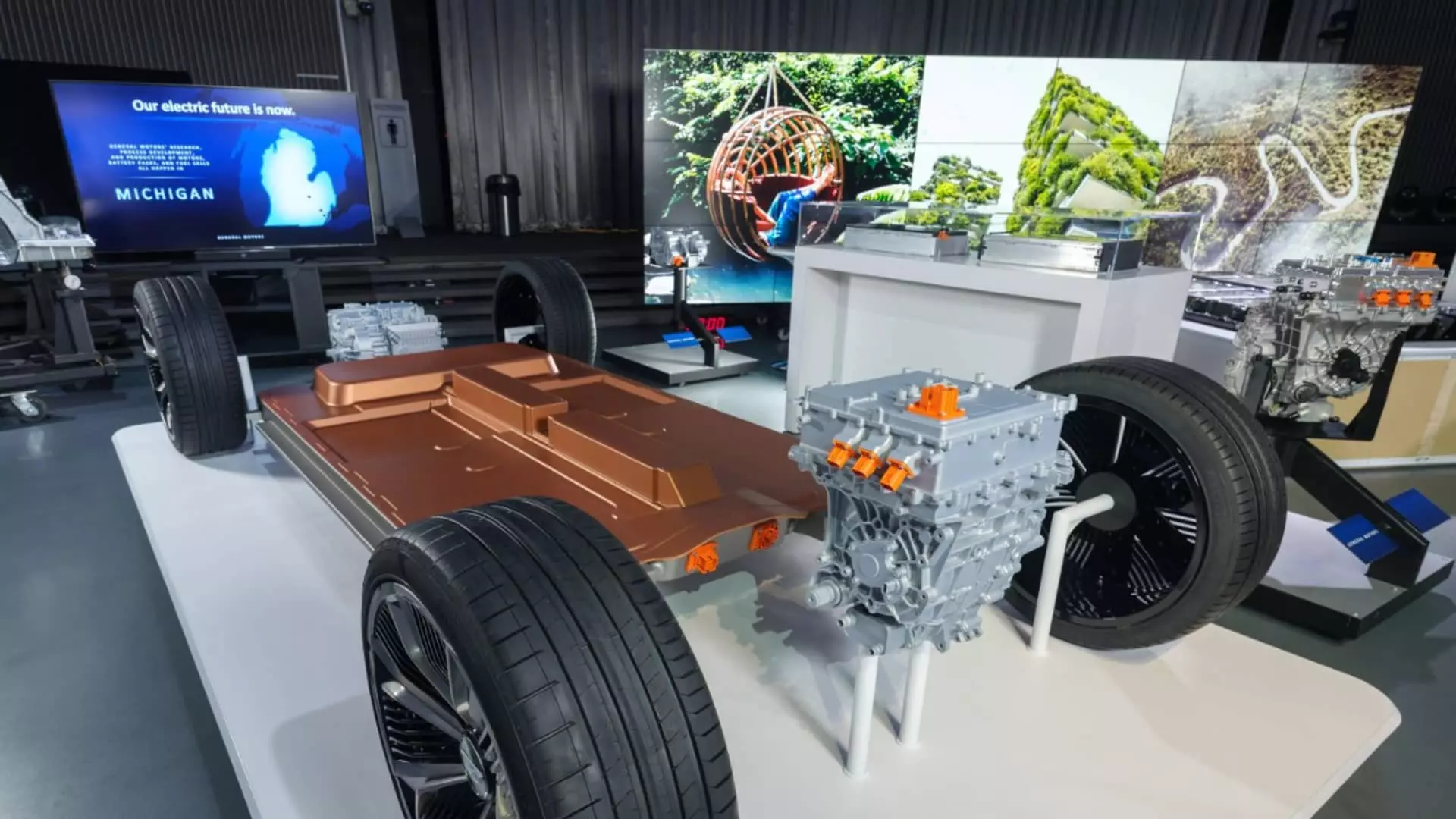In a significant development for the automotive and energy sectors, General Motors (GM) has announced plans to sell its interest in a $2.6 billion electric vehicle (EV) battery cell manufacturing facility in Michigan. This strategic move highlights GM’s adaptive approach to the rapidly changing landscape of electric mobility and emphasizes its bid to enhance operational efficiency. The decision to divest comes in conjunction with evolving market demands and regulatory uncertainties surrounding EV adoption in the United States.
GM’s announcement reveals that the sale of its stake in the Lansing plant will involve its partner, LG Energy Solution. Reports suggest that GM anticipates reclaiming around $1 billion from this transition, demonstrating a calculated decision to streamline investments as it navigates production challenges. This transaction aims to complete by the first quarter of the following year, underlining a swift operational pace despite broader industry headwinds. The Lansing facility, a colossal 2.8 million-square-foot plant, is part of a joint venture named Ultium Cells LLC, which has already successfully launched similar plants in Ohio and Tennessee.
This decision reflects a growing trend where automakers are re-evaluating their business models in the context of fluctuating consumer interest and a more competitive EV market. As GM readjusts its strategies, this divestiture serves as a vital step towards ensuring long-term viability in an increasingly saturated industry.
Amid this announcement, GM must contend with lagging consumer demand for electric vehicles, presenting a formidable challenge. The automaker’s choices come at a time when consumer preferences are still shifting and when federal support for battery and EV manufacturing under the new administration appears uncertain. This transitional phase for GM signifies a reevaluation of production capacity to align with market realities, underscoring a focus on efficiency.
Paul Jacobson, GM’s Chief Financial Officer, expressed optimism concerning the decision’s potential impact on operational efficiency. His insights reflect a broader industry sentiment where automakers must tread carefully in balancing investment against consumer appetite, especially as EV technology evolves and market expectations fluctuate.
Despite divesting from the Lansing facility, GM has made it clear that its relationship with LG Energy Solution remains strong. The two companies have extended their 14-year collaboration to incorporate the development of prismatic battery cells. This type of battery design offers compelling advantages such as a more efficient packaging format, which can reduce overall weight and costs associated with electric vehicles.
Kurt Kelty, GM’s Vice President of battery cell and pack, highlighted how this collaboration seeks to enhance EV performance and safety while driving down costs. As both firms pivot towards optimizing battery technology, the introduction of prismatic cells is poised to play a crucial role in GM’s strategy for future EV deployments.
Overall, GM’s strategic pivot in selling its stake in the Lansing battery plant while expanding its partnership with LG Energy Solution reflects a foresighted and adaptive approach to the evolving electric vehicle sector. As automotive manufacturers grapple with intricate market dynamics and increasing competition, such bold decisions are necessary to remain relevant and competitive. GM’s commitment to refining battery technology while adjusting its production strategy illustrates a comprehensive effort to cater to the future needs of consumers and solidify its position in the electric vehicle market.
In essence, this move is emblematic of a larger narrative unfolding within the automotive industry—one that prioritizes agility, efficiency, and forward-thinking strategies in an era characterized by incredible technological change and uncertainty. As GM gears up to navigate the complexities of the EV landscape, the industry watches closely, eager to see how this bold transition unfolds.

